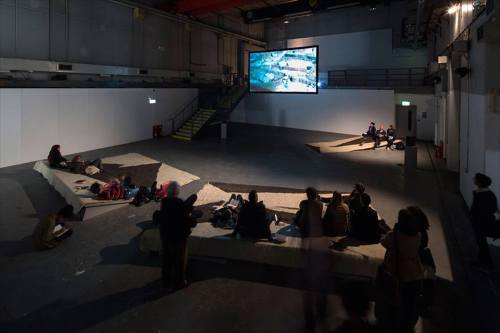In preparation for an appearance on "Architecture in the Den" as @thearchitectscoach, the podcast host Lisa Raynes RIBA asked me for some background on Mongolian Yurts.
I found the Wikipedia article on Yurts to be a useful starting point: https://en.wikipedia.org/wiki/Yurt, and the following further reading links are provided there, from Wikimedia images to an Encyclopedia entry and some 'expert tips'.
 Media related to Yurts at Wikimedia Commons
Media related to Yurts at Wikimedia Commons- Yurt Info – A comprehensive resource for yurts and related structures
- Yurt Forum – A community resource for yurts and related structures
- Yurt - World History Encyclopedia
- What is Mongolia Ger?(Mongolia Yurt)
- Timelapse of Yurt construction at Blackdown Yurts – Devon, England by Mike Lusmore
- Yurts of the Nomadic Chahar People. Inner Mongolia, China, 1874
- Yurt living tips from experts
See also fb.me/Mongoliantraditionalyurt










